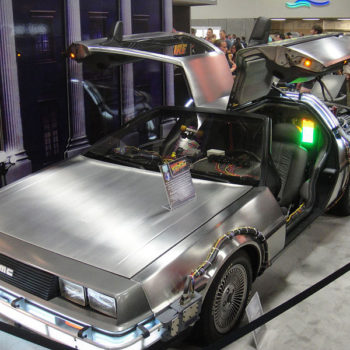Meeting Marty McFly for the First Time
Even if you haven’t watched Doc Brown and Marty McFly as they jet-set through the fourth dimension, you’ve most likely heard of their names and know the 1985 film in which they originate from. The time-traveling DeLorean and self-lacing shoes of Steven Spielberg’s Back to the Future are icons in their own right, regardless of whether you’ve seen the films or not. Nike even created a replica of the latter in 2016.
But to be perfectly honest, I had not only not seen Back to the Future but had no idea more than one film existed. I realized I had more research to do and that, lo and behold, the Back to the Future films are serialized in a way similar to TV. It’s hard to fully experience the impact of the story — and the vast array of technology used and predicted — without seeing all three. The sheer scope of the film’s visual effects and technological advances take on that much more meaning when you take into account that the storyline jumps from 1985 to 1955, then to 2015, and then all the way back to 1885.
It All Starts with the Car
Viewing the films as a first-timer, a few things caught my eye in particular. The practical effects and sound design as the DeLorean hits 88 mph and dashes into the time-space continuum are incredibly immersive and convincing. Much like the way the original Star Wars trilogy made use of practical effects that still hold up to today, Back to the Future’s visual experience has sustained itself in a similar way.
And not only that, Back to the Future Part II made some significant predictions of where technology would be in the year 2015, some of which managed to hit the mark fairly well, if not exactly. Fashion-wise, however, not so much.
So what did Back to the Future get right?
10 Technologies Back to the Future Got Right
- Brain-controlled/Wireless Games – when Marty enters the “retro” soda parlor in 2015 and runs into a relic of the 80s, the arcade machine. Two kids are having trouble figuring out how to make the game work. Marty walks up and shows his shootin’ skills, foreshadowing the third installment of the film series. The kids exclaim in surprise that he has to use his hands to make the thing work, “like a baby’s toy.” Today, with voice commands, eye-tracking, and brainwave scanning, there are games that can be played completely without the use of analog, which is, apparently, literally child’s play.
- Voice-activated Tech – in that same soda shop, an animatronic and frankly, deeply unsettling version of Marty’s dad shows up on a computer screen to take his order by Marty’s voice command. Sound familiar? Even if you don’t use them, Siri and Google have become iconic AI personalities at this point.
- 3D Movies – met with a holographic shark the size of a small building that tries to eat him, Marty is not prepared for this illusion of light.
- Tablet Computers – Marty gets handed a tablet in the ever-changing yet everlasting plaza of the clocktower.
- Videoconferencing – Marty Sr. has a conference with his coworker, Needles, right before his boss hops in, who was apparently listening to everything that just occurred. I’m glad for the video conferencing becoming a reality, what would we do without Zoom right now? But not so much for the hacking and surveillance tech that can be exploited. These are very much realities of today.
- Augmented and Virtual Reality – Marty Jr. in 2015 views an incoming call at the dinner table with his AR glasses. Doc Brown also has a pair of opaque and silvery AR specs (to go along with his plastic tie, no less).
- Drone-filmed News Footage – the endlessly circuitous conflict between Marty and Biff gets recorded by drone, something very common today.
- Super Thin and Sleek Digital Cameras – Doc Brown carries a device like this around in 2015. It’s much like the superpowered cameras in our phones we carry everywhere we go that fits easily in our pockets.
- Wall-mounted Flatscreen TVs with multiple channels – Marty Jr. has the multi-screen setup akin to what’s going on with the monitors of so many gamers and streamers today.
- Mobile Credit Card Readers – Marty Sr. engages in some less than savory behavior through this easy touch-to-pay method that has become the norm in today’s purchasing process.
- Biometrics – Jennifer gets trapped inside the house of her future self because there is no doorknob; Doc lets her know that she has to scan her finger to open the door in lieu of turning a knob.
Predictions Not Quite Yet Reality
Outside of these predicted inventions, there were a handful of ideas that certainly have not materialized. At least not yet. Flying cars and hoverboards come to mind. There was an initiative on Kickstarter to fund a working hoverboard that skateboarding icon Tony Hawk tested out. So perhaps hovering around is closer than we think.
Still Two Thumbs Up 35 Years Later
Though I wasn’t even born yet when these movies came out, I thoroughly enjoyed them now and really recommend watching the films. I absolutely see why they have become classics. What’s even more fascinating is how timeless and important they are as one big time capsule to see how people thought of the future in the 80s.
The evolution of technology is ever-changing and takes many directions and twists we might not really expect. Since the Computer Museum of America strives to catalog the narrative of our shared technical history, to visit is much like Back to the Future, in that, it allows us to take a moment back in time to reflect on where we were, how far we’ve come, and even where we may be going.
About the Author
Sarah Soltan has been a gamer for about 75% of her time on Earth and now believes gaming and mindfulness are capable of solving many of life’s problems.
At least for a while.
More about her can be found here.




